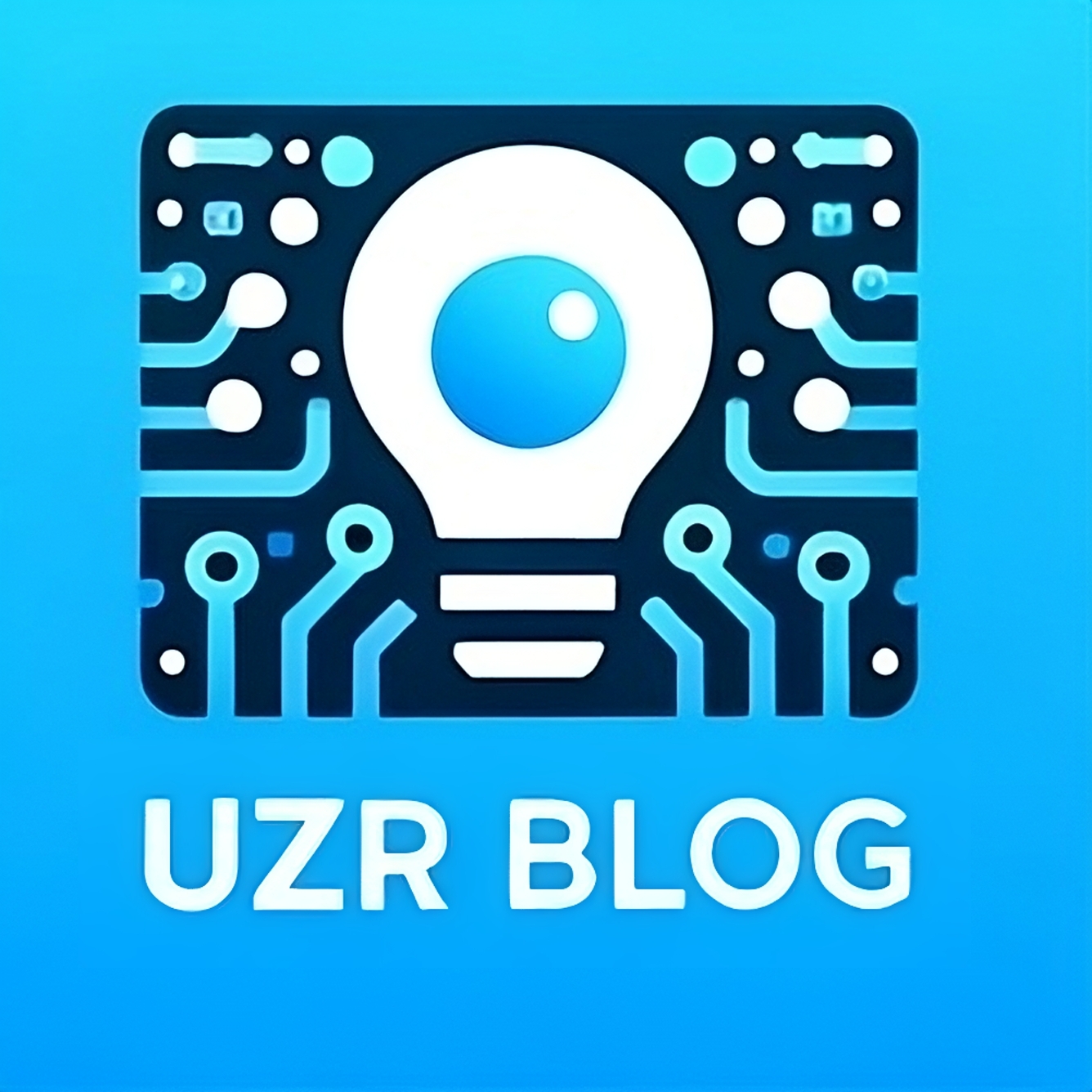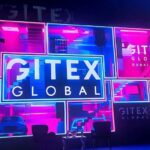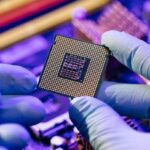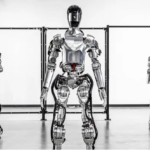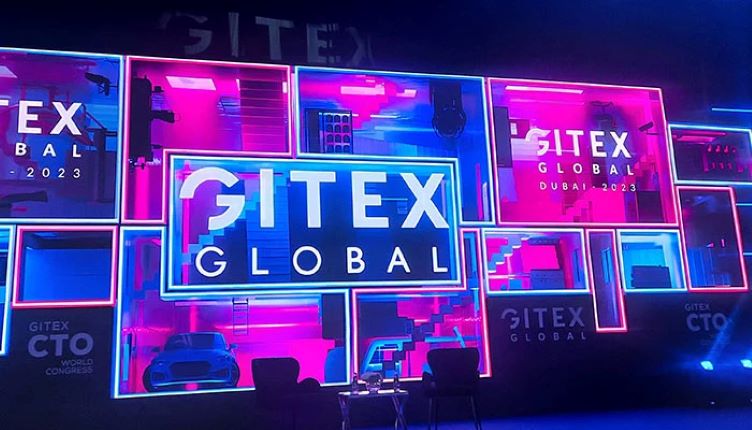In a recent bombshell announcement, Elon Musk’s artificial intelligence (AI) company, xAI, sent shockwaves through the tech industry by making its highly anticipated Grok chatbot open-source. Grok isn’t your average chatbot; it boasts a staggering 63 billion parameters, placing it among the most powerful large language models (LLMs) in existence. But what truly sets Grok apart is its ability to tap into and process information from the real world through the X platform, a unique advantage that grants it unparalleled context and understanding.
This unprecedented move by xAI has sparked a flurry of discussion and speculation. Let’s delve deeper into Grok’s capabilities, explore the motivations behind this open-source release, and examine the potential implications, both positive and negative.
Grok: A Chatbot Unlike Any Other
Traditionally, chatbots have been confined to the information siloed within their programming. Grok shatters this limitation by leveraging the power of the X platform. This platform grants Grok access to a constantly updated stream of real-world data, allowing it to stay abreast of current events, cultural trends, and ever-evolving language. This real-time connection fundamentally changes the way Grok interacts with users. Imagine a chatbot that can not only engage in casual conversation but also provide insightful commentary on breaking news or participate in a nuanced debate about a trending social issue. Grok’s ability to stay informed and adapt its responses in real-time paves the way for a new era of dynamic and engaging chatbot interactions.
Why Open-Source? Unveiling xAI’s Vision
Elon Musk, known for his audacious ventures and commitment to technological advancement, has made it clear that he envisions Grok as a bold and opinionated AI, unafraid to tackle complex topics and engage in stimulating discourse. By making Grok open-source, xAI aims to foster a collaborative environment where developers and researchers worldwide can contribute to its growth and refinement. This democratization of access has the potential to accelerate the evolution of AI in ways that were previously unimaginable. A global pool of minds working on Grok could lead to groundbreaking advancements in natural language processing, information retrieval, and even the fundamental nature of AI itself.
The Double-Edged Sword: Potential Risks and Safeguards
While the open-sourcing of Grok presents exciting possibilities, it also ushers in a wave of legitimate concerns. The very capabilities that make Grok so powerful – its vast knowledge base, ability to process information in real-time, and potential for independent thought – could be misused by individuals with malicious intent. It’s crucial to acknowledge the potential for Grok to be manipulated to spread misinformation, create deepfakes, or even orchestrate cyberattacks.
To mitigate these risks, xAI will need to establish robust safeguards and ethical guidelines for Grok’s development and use. A transparent development process, coupled with a clear code of conduct for developers, would be a good starting point. Additionally, implementing mechanisms to detect and flag potential misuse of Grok would be essential.
The Road Ahead: A New Era of AI Collaboration
The open-sourcing of Grok marks a pivotal moment in the history of AI. It signifies a shift towards a more collaborative and open-ended approach to AI development. This presents a unique opportunity to harness the collective intelligence of the global developer community to push the boundaries of what’s possible with AI. Grok’s potential to revolutionize the way we interact with machines, access information, and even understand the world around us is undeniable. However, navigating the ethical considerations and potential pitfalls will be paramount in ensuring that Grok is used for the benefit of humanity. As Grok continues to evolve, the coming years will be a fascinating testament to the power of open-source collaboration and the impact it can have on shaping the future of AI.
